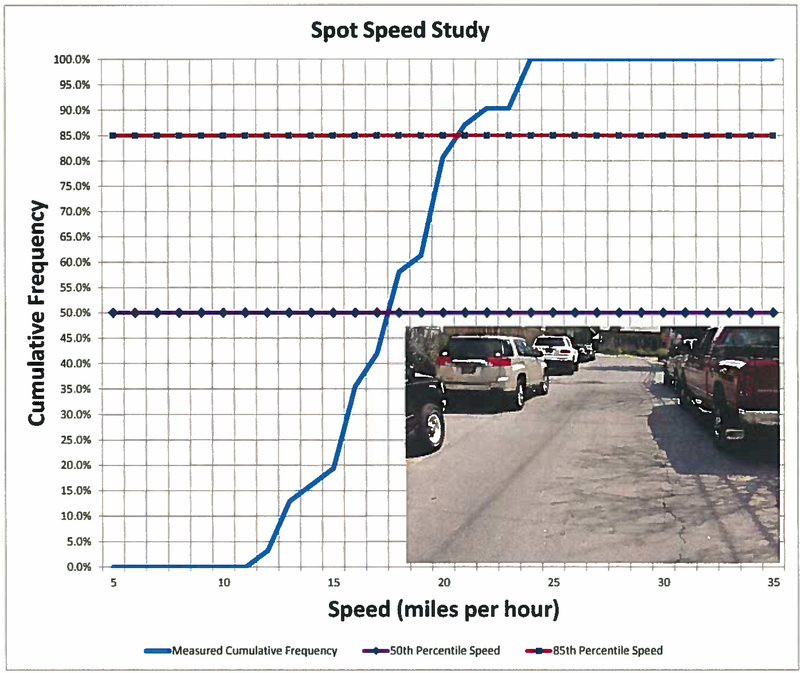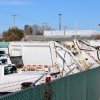Study calls for minor changes at Lewes 4-way
A recently completed traffic study in Lewes found no problems with all-way-stop controlled intersections along West Fourth Street at Park Avenue, and at Market and Mulberry streets.
Lewes’ ad hoc Traffic Safety Management Advisory Committee requested the study after citizens complained about speeding motorists and motorists failing to stop along West Fourth Street.
Matheu J. Carter, municipal engineering circuit rider with Delaware T2/LTAP Center, conducted the free of charge traffic analysis March through July.
Carter’s 40-page report also includes spot recording of vehicle speed and time of day along Beebe, Coleman, Dewey and Manila avenues, and McFee Street.
Lewes Mayor and City Council discussed study findings at the panel’s September meeting and decided changes are not needed.
The proper use of all-way-stop intersections begins with the ‘Delaware Manual on Uniform Traffic Control Devices or MUTCD, Carter writes.
The manual states:
• Yield and stop signs should not be used for speed control.
• Yield or stop signs should be considered at intersections of two minor streets or local roads where the intersection has more than three approaches and where one or more conditions including where the ability to see conflicting traffic is not sufficient to allow a road user to stop or yield in compliance with the normal right of way rule.
• At intersections where all approaches are controlled by stop signs, an All-Way supplemental plaque must be mounted below each sign.
• Supplemental plaques with legends such as 2-way, 3-way, 4-way or other numbers must not be used with stop signs.
• The decision to install multi-way stop control should be based on an engineering study.
Carter notes studies have shown where stop signs are used as the sole method of traffic calming and speed control, drivers will exceed speed limits between two signs to make up for lost time.
“The compelling warrant for all-way stop control for intersections such as those in question tends to come down to intersection sight distance,” Carter wrote.
He observed the West Fourth Street and Park Avenue intersection is primarily limited by the eastern approach’s left turn visibility. Carter noted the structure and shrubbery at 339 Park Ave. are the cause.
Spot speed data, Carter wrote, found that 85 percent of motorists travel between intersections within the posted speed limit. He did, however, find “Speeds between Oceanview Boulevard and Burton Avenue are higher, most likely due to the more rural feel of the street and the relative lack of fronting houses.”
The study recommends the city comprehensively evaluate traffic control devices, such as signs and pavement markings, to comply with the state manual. Carter also noted the bottom of all primary signs must be mounted no less than 7 feet above the ground, and must be fitted with breakaway or yielding anchors.
The city should also replace 4-way plaques with all way plaques where appropriate. Plaques are missing on three corners of Burton Avenue and West Fourth Street, and one or more is missing at Mulberry and West Third streets, Carver wrote.




















































